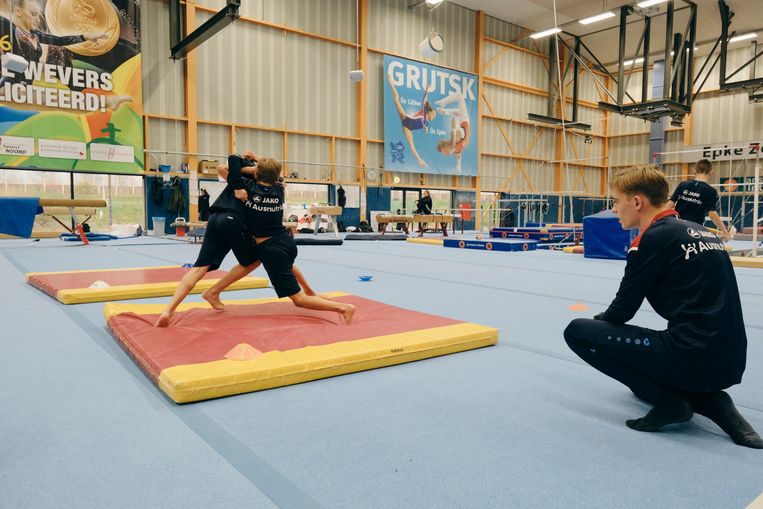
Sports associations work to combat motor poverty among children
Young soccer players, hockey players, volleyball players, and gymnasts should develop extensive motor skills. In order to allow children to exercise more and more diversity, four sports associations are uniting in the BMO Skill Generation project.
At least 60 percent of youth affiliated with a club participate in organized sports under the KNVB, KNHB, Nevobo or KNGU banner. When asked about the common denominator of an estimated 600,000 children, initiative Martin Hoofwick doesn’t need much time to think. In short: they are learning a trick, as they should ideally grow up to be a sophisticated athlete. “They have been trained in a specialized way, which means they are less fun. As a result, they will play sports and do less exercise at a later age.”
2 year old football players
The reasons are many. For example, sports scientist Hoofwijk, who works for KNHB, has noted the trend that children can become club members at an increasingly younger age. “There are football clubs that two-year-olds can actually go to. This trend is also showing up in hockey, where your kids are already walking around with a stick. By training toddlers and preschoolers in a specific sport at such a young age, the broad kinetic base Necessary for general development is missing. Johan Cruyff once said that he was only allowed to become a member of the local football association at the age of seven. Until then, he played a lot in the street, and as a result it was a very good base.”
During training, children are often supervised by insufficiently trained personnel. Well-meaning parents who stand in front of a group in their spare time. Therefore, the four sports federations will not only soon release a database of various motor exercises that these volunteers can utilize in their exercise materials, but also offer training courses for coaches and assistants.
Hovowijk: “We consciously choose not to provide ready-made programmes, but to offer tools that can serve as inspiration. After all, football training is different from volleyball training. We also provide coaches with information about the importance of versatile motor development and tips that they can implement in forms of exercises How do you prevent children from standing still for a long time during training? How do you build the difficulty of practicing the material without losing sight of the shape of the game? How do you ensure that your training methods are in line with the children’s perception of the world? Because fun should always come first.”
exercise diploma
The project, which is funded with money the university NOC-NSF sports organization receives from the Department of Health, Welfare and Sports, also provides motor vehicle training for youth. In addition to introducing an “APK check” for training forms, KNGU’s Miffy Exercise Diploma should become the new standard for children up to age five, Hovwijk says. In this gymnastics association tutorial, toddlers and preschoolers learn basic skills like balancing, jumping, swinging, gripping and throwing.
“What happens when you give these exercises on a football field?” Hoofwick still wonders. Time will tell. At least, that’s what you hope for. “The ideal is to train all coaches who work with the smallest group of children to become experienced coaches.”
Read also:
Heerenveen’s football talents are also hanging on the Epke horizontal bar
At SC Heerenveen, young players also receive training in gymnastics and rugby to stimulate their motor development. This seems very necessary.

“Professional reader. Award-winning gamer. Zombie buff. Social media junkie. Bacon maven. Web scholar.”
